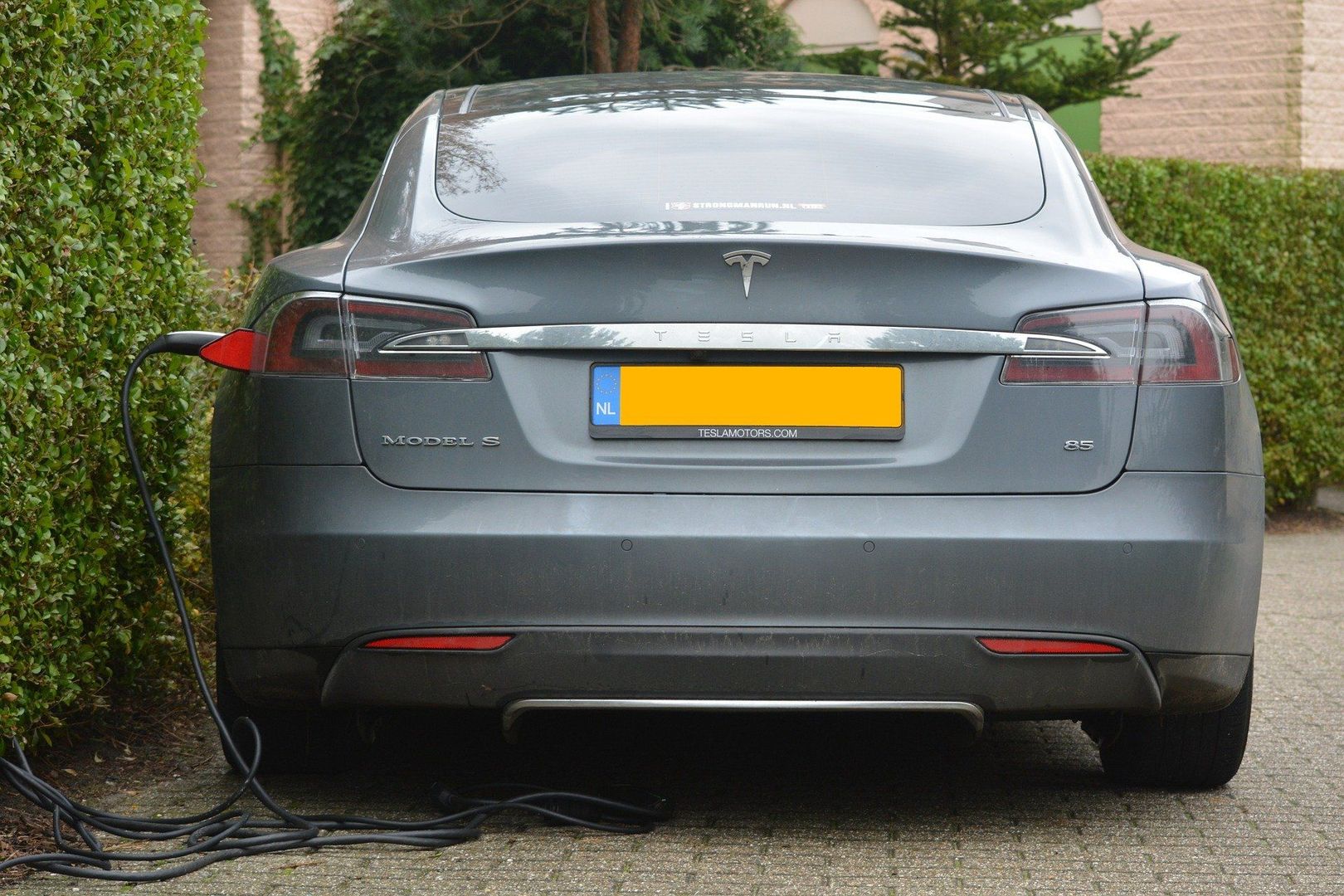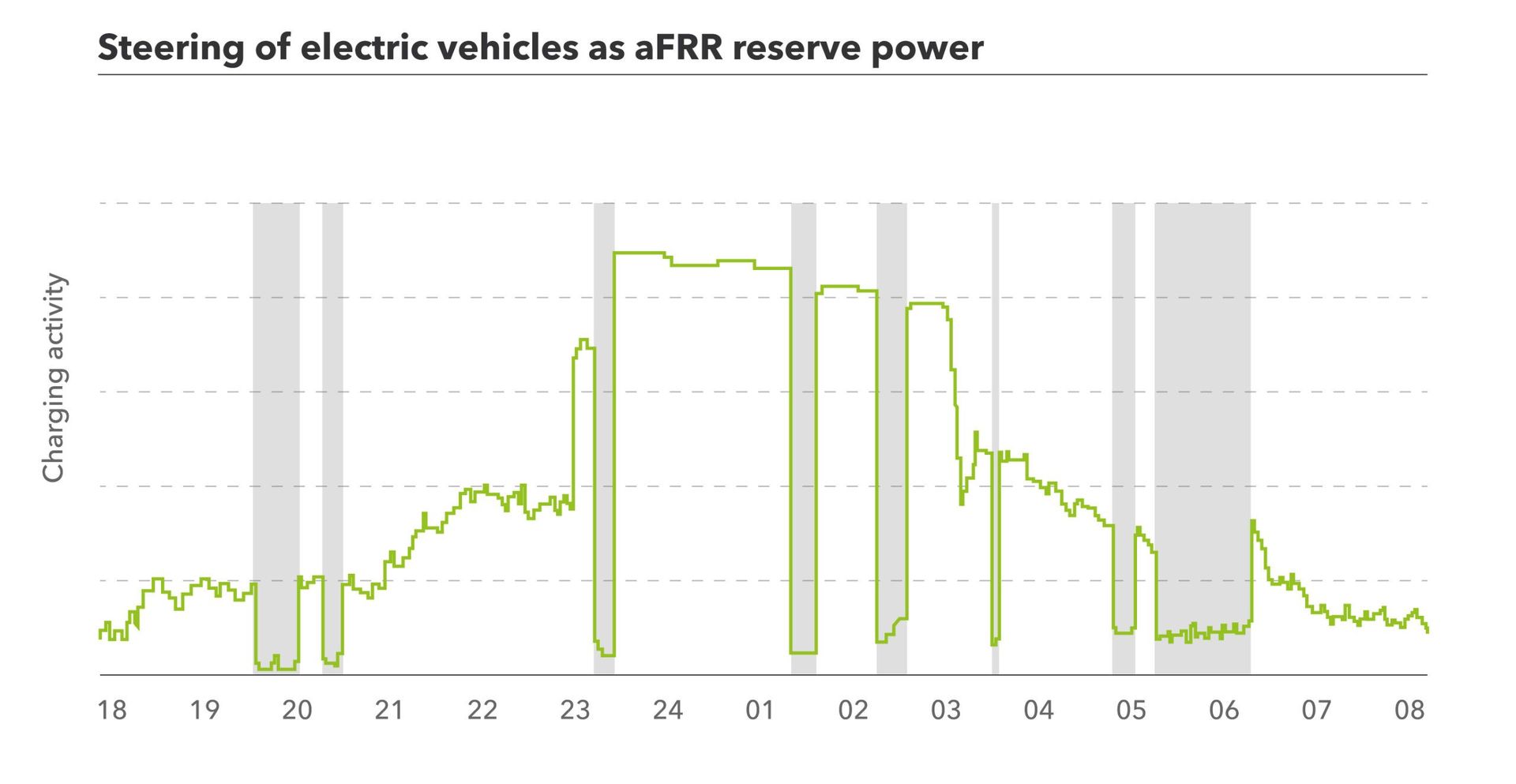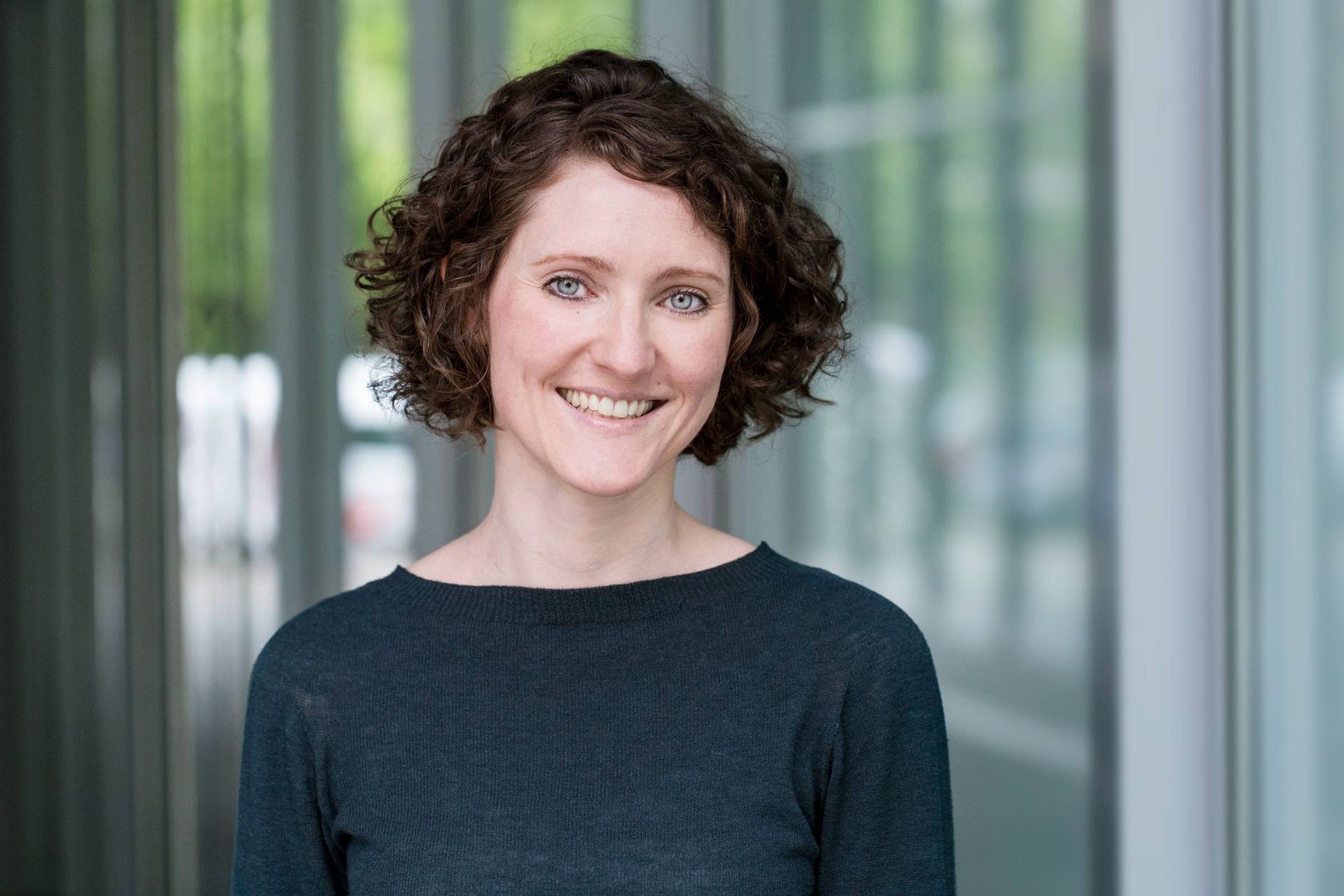Next Kraftwerke unlocks flexibility from electric vehicles for the Dutch grid
Aggregator Next Kraftwerke and Vehicle-to-Grid Integration Platform provider Jedlix started offering secondary reserve power (aFRR) to the Dutch grid using a pool of electric vehicles (EVs) since the beginning of August. Drivers of EVs indicate their charging preferences on the mobile app developed by Jedlix. Using fleet intelligence, the cars are then integrated into Next Kraftwerke’s Virtual Power Plant (VPP) and their flexibility is bid as aFRR power to the Dutch Transmission System Operator (TSO) TenneT.

Providers of aFRR must be able to activate swiftly and adjust the power of their installations continuously, since imbalances change quickly. When a large imbalance occurs in the grid, Next Kraftwerke thus stops or starts the charging of the EVs in order to counter deficits or excesses of electricity respectively.
This feat is the result of several months of development by Jedlix, Next Kraftwerke, and TenneT in the framework of the aFRR pilot project launched by the Dutch grid operator in 2018. Several technical barriers were removed to allow new types of flexible installations to participate in aFRR, which historically has always been provided by a small number of large power plants. For example, in the past, Jedlix and Next Kraftwerke could only use the flexibility of cars that were connected to the same energy supplier. Over the course of the pilot project, TenneT has upgraded its IT-infrastructure and imbalance settlement system to allow the provision of reserve power with a pool of installations with different energy suppliers.
Elias De Keyser, Energy and Flexibility Expert at Next Kraftwerke Benelux, says: “The aFRR pilot project allowed us to unlock new flexibility for secondary reserve provision, which is one of the grid operator’s most essential tools to maintain a stable grid. This is great news for owners of electric cars, but also for operators of cogeneration assets, flexible industrial processes, and batteries, who can all participate in our pool and earn additional income while supporting the grid. The Dutch energy system benefits, too, with increased reliability and competition in its aFRR market.“
Next Kraftwerke is also one of the first aggregators in the Netherlands to make use of a newly deployed technology to provide aFRR. During the pilot project, TenneT introduced the option to connect to their control center via a dedicated mobile network, which reduces the connection time and cost for new aFRR providers. Conventionally, a leased line was the only way to establish a connection between the TSO and the aFRR provider.
“This project is an example of how a pool of electric vehicles can provide grid balancing services to the existing balancing markets. The VPP technology of Next Kraftwerke and Jedlix complement each other, and we expect additional synergies in the future by combining the electric vehicles with other decentralized assets,” says Nick Hubbers, CPO of Jedlix.
“The results are promising,” according to Benjamin Blank, VPP system engineer at Next Kraftwerke. “The activations take place in TenneT’s operational aFRR environment and the provision of reserve power needs to be reliable. The pool of EVs has proven to be a trustworthy addition to the Next Pool and has been quick and accurate in its response to activations of the grid operator.“ This is illustrated in the graph below, where the response of the pool of electric vehicles to activations by TenneT during a usual night is visualised. The sudden drops in the fleet’s total charging activity reflect the interruption of charging by Next Kraftwerke.
At the end of this year, the pilot project will come to an end. From then on, Next Kraftwerke and Jedlix plan to participate in the regular aFRR market.

Press Contact
Lotte Lehmbruck
Do you have a press enquiry or would you like to be added to the press distribution list? Get in touch



